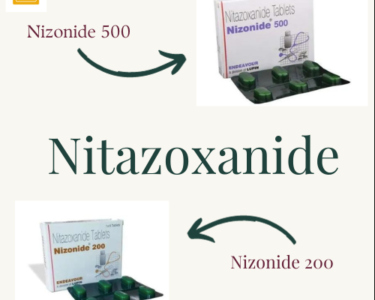In the vast and ever-evolving world of food science, few concepts hold as much promise as liposomes. These microscopic, spherical vesicles are comprised of one or more phospholipid bilayers surrounding an aqueous core. While they may seem like a mere scientific curiosity, liposomes are poised to transform the way we approach food production, nutrition, and even the culinary experience itself.
What are Liposomes?
At their core, liposomes are tiny, membrane-bound structures. They consist of a phospholipid bilayer – the same material that comprises cell membranes in living organisms – encapsulating a small volume of water. This simple yet powerful design allows liposomes to carry both hydrophilic (water-soluble) and hydrophobic (fat-soluble) compounds, making them uniquely versatile. Imagine a tiny bubble with a watery center and a fatty envelope – that’s essentially a liposome.
Liposomes in Food: A World of Possibility
The potential applications of liposomes in the food industry are vast and varied. One of the most immediate benefits is in the realm of nutrition. By encapsulating essential vitamins, minerals, and other micronutrients within liposomes, food manufacturers can create products with enhanced nutritional profiles. These liposome-encapsulated nutrients are not only more bioavailable (easily absorbed by the body), but also better protected from degradation during processing and storage. Imagine a breakfast cereal that not only tastes great but also provides a boost of omega-3 fatty acids or vitamin D, thanks to the power of liposomes.
Beyond nutrition, liposomes hold promise for improving the sensory qualities of food. Flavor compounds, colors, and even textures can be encapsulated within liposomes. These tiny packets can then be designed to release their contents in response to specific triggers, such as temperature, pH, or enzymes present in the mouth. The result is a dynamic, interactive eating experience with flavors and sensations that evolve over time. Picture a scoop of ice cream that shifts from sweet cream to fruity notes as you savor it, or a beverage that changes color as you drink it – liposomes make such magic possible.
The Future of Smart Foods
As liposome technology advances, we may see the rise of “smart foods” tailored to individual consumers’ needs. Imagine a beverage that adapts its flavor profile and nutritional content based on the drinker’s health goals, dietary restrictions, and even their real-time physiological state. Perhaps a fitness-focused drink would release a boost of electrolytes and branched-chain amino acids during a workout, while a relaxation-promoting tea might deliver soothing compounds like GABA or melatonin in the evening. Such a product may seem like science fiction, but the principles behind it are already within reach thanks to liposomes.
Challenges and Opportunities on the Horizon
While the promise of liposomes in food is undeniable, the path forward is not without its hurdles. Scaling up liposome production while maintaining consistency and affordability remains a significant technical challenge. Researchers are actively exploring new methods, from microfluidics to specialized homogenization techniques, to make large-scale liposome creation more feasible. Additionally, regulatory frameworks around the use of liposomes in food have yet to be fully established in many regions, and clear guidelines will be essential for industry growth.
Despite these obstacles, the opportunities presented by liposomes are too great to ignore. As researchers and manufacturers continue to innovate and overcome challenges, we can expect to see these tiny vesicles make a big impact on the future of food. With their unique ability to encapsulate, protect, and deliver a wide range of compounds, liposomes hold the key to a new era of nutritious, dynamic, and personalized food products.







